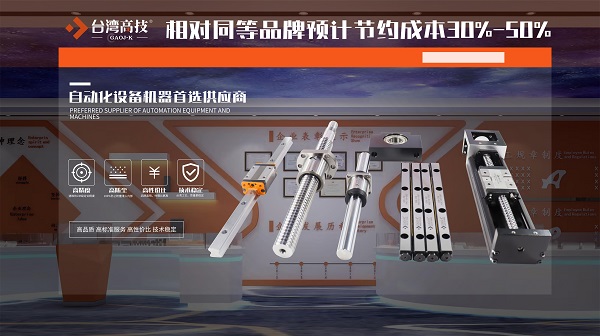The structure of ball screws is not complicated and mainly includes screws, nuts, circulation systems, and steel balls. The screws are divided into two types: grinding stage and conversion stage. Ball screws can be divided into three circulation designs: external circulation, internal circulation, and end cap circulation.
External circulation: The ball is located between the screw and the nut, and its circulation is connected by a bent pipe, allowing it to flow back on the nut. The number of nut cycles can be expressed as 1.5 rolls, 2.5 rolls, 3.5 rolls, 4.5 rolls, and 5.5 rolls.
Internal circulation: The ball adopts a single loop circulation, with a reflux cover spanning and connecting two adjacent ball grooves to form a single closed reflux path. As the reflux cover is assembled inside the nut, it is called internal circulation, where the number of nut cycles can be expressed as one roll.
End cap circulation: The basic reflux method is similar to the external circulation ball screw, with the main difference being that a through hole is machined on the nut as the steel ball reflux, which allows the steel ball to pass through the front and rear ends of the entire nut; In addition, due to the steel balls covering all the bead grooves, the nut length is shorter than traditional designs under the same dynamic load. The number of nut cycles can be expressed as 0.7 rolls (ultra-high lead), 1.8 rolls (high lead), and 2.8 rolls (high lead).
There are three main ways to fix ball screws, which are fixed at both ends, fixed at one end and supported at the other end, and fixed at one end and free at the other end. Among these three types, "one end fixed and the other end supported" is the most widely used. The above is a brief introduction to the basic knowledge of ball screws. If you have any other questions or purchasing needs, please feel free to contact us!



